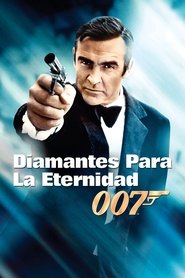
Nonetheless, incapable of trusting anyone, he steals the silverware and runs away.

In the first sequence, Valjean, on his way to Dijon to report for parole, stops at a bishop’s house, where he’s amazed to be treated with respect.

The only things he can rely on are his instinctive wit and sheer physical strength. The harsh treatment has made Valjean a brute with strong survival instincts but no sense of morality. In this adaptation, scripter Rafael Yglesias starts with Valjean (Neeson) being released on parole after enduring 20 years of hard labor and cruelty. Most film versions begin with the trial of Valjean and his imprisonment in Toulon for committing a minor crime, stealing a loaf of bread.

movies, there have been a number of TV adaptations, Italian and French film versions (most recently by Claude Lelouch, with Jean-Paul Belmondo), and a long-running musical that is still playing all over the world. Hugo’s seminal 19th century novel, filmed in Hollywood in 1935 by Richard Boleslawski and in 1952 by Lewis Milestone, continues to intrigue new generations of artists and audiences: In addition to the three U.S.


 0 kommentar(er)
0 kommentar(er)
